guide to asian products
guides
asian cusine is very flavourful and diverse and for that reason it can be very interesting to incorporate some of the ingredients in our meals, which can help to make our diet varied.
it takes time to understand which are the most suitable products and where to find cheap ones. this guide helps you navigate this world and save time. we will discuss:
all of the products that we will mention can be found in supermarkets but they tend to be more expensive and the choice is limited. the best place to buy them are asian shops (head to chinatown!), where you will find cheaper and bigger packages. you might also find convenient products in international grocery stores.
noodles
with a shape similar to spaghetti, noodles were born in china more than 4 thousand years ago.
they are made of water and flour, which can be of different kinds: rice, buckwheat, mungo bean, corn or seaweed. they can then be served in virtually every fashion you could think of, and they are very easy to cook:
-
thicker noodles are usually cooked like pasta in boiling water.
-
thinner ones are usually rehydrated in hot water before going into the pan with the condiment.
there are various types of noodles, these are the main two:
-
rice “linguini”: best used in stir fries like pad thai.
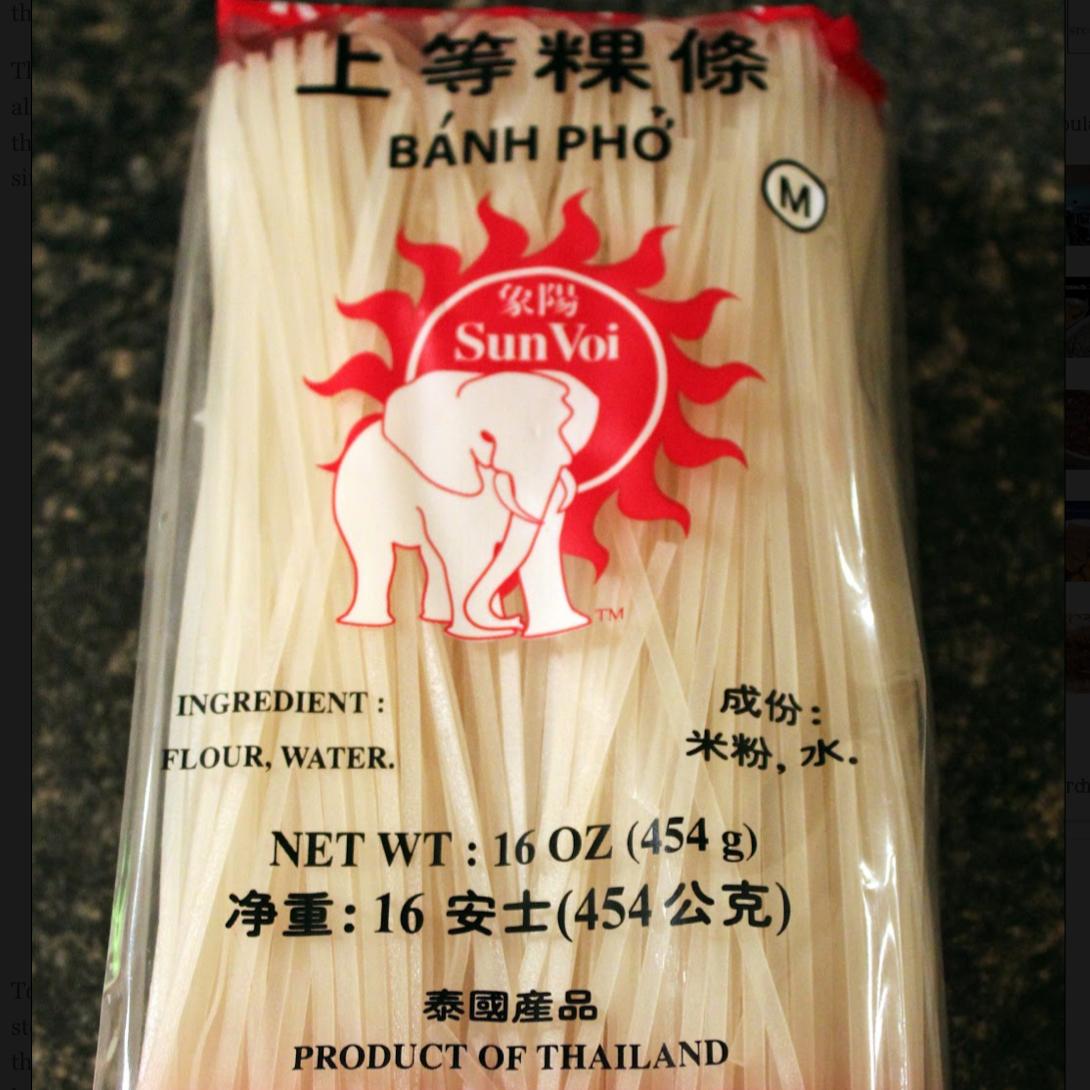
-
rice vermicelli: great in soups, they need a very short soaking time in hot water before using.
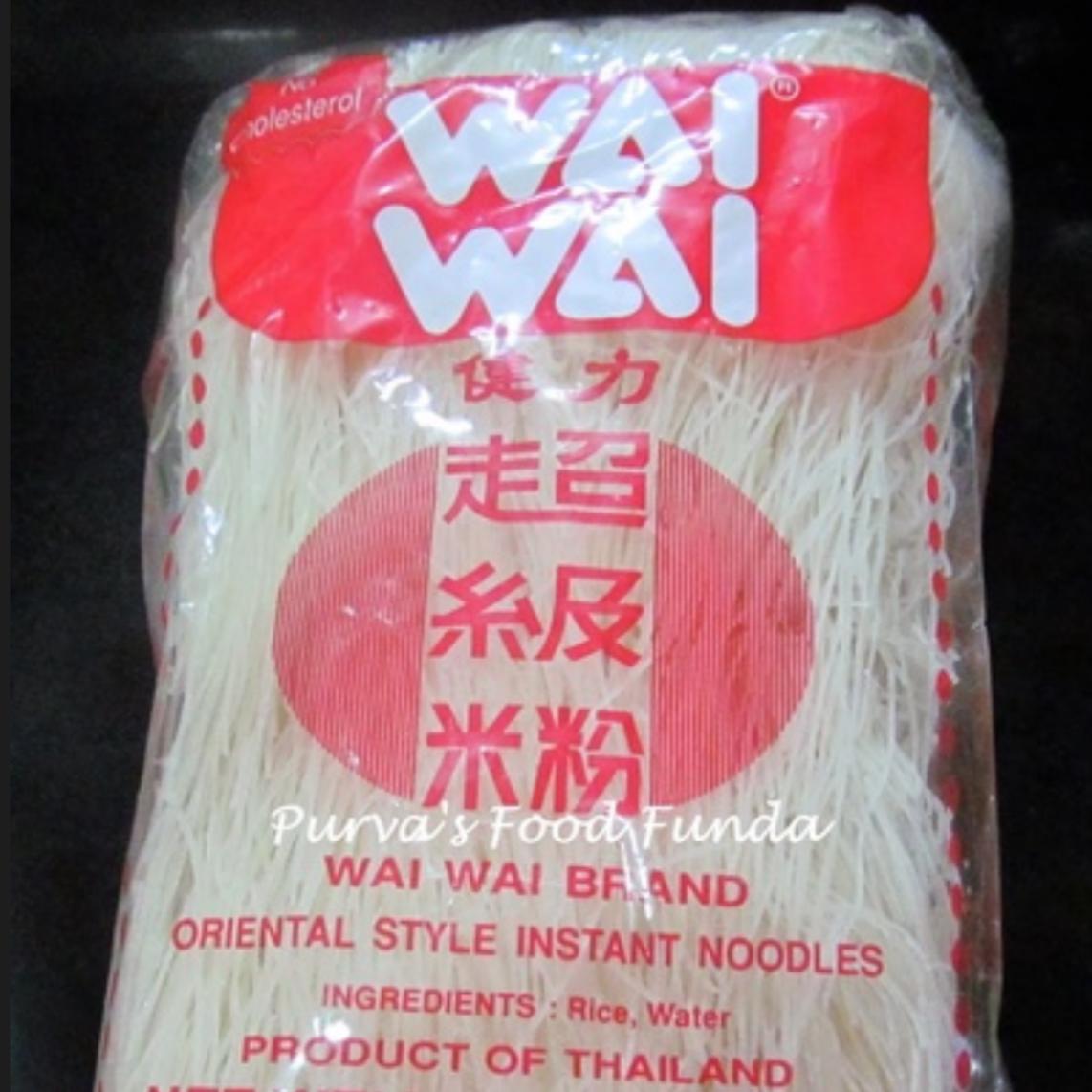
now, if you really want to nail your asian meal, here’s more about noodles:
-
rice noodles: like the two aforementioned. they are typical of china and southeast asia. rice noodles are made from rice starch, they are flat and are available in all kinds of widths (from few millimiters to one centimeter). there are many varieties of dried noodles (they will usually require soaking or parboiling before use), but you may also find fresh rice noodles in the bigger asian groceries. they are featured in soups and stir-fries.
-
soy spaghetti (or vermicelli): they’re korean and also called glass noodles (see pic) or mungo bean noodles. more consistent and elastic than rice noodles, they should be hydrated with boiling water before using them in soups, spring rolls or jumping in the wok.
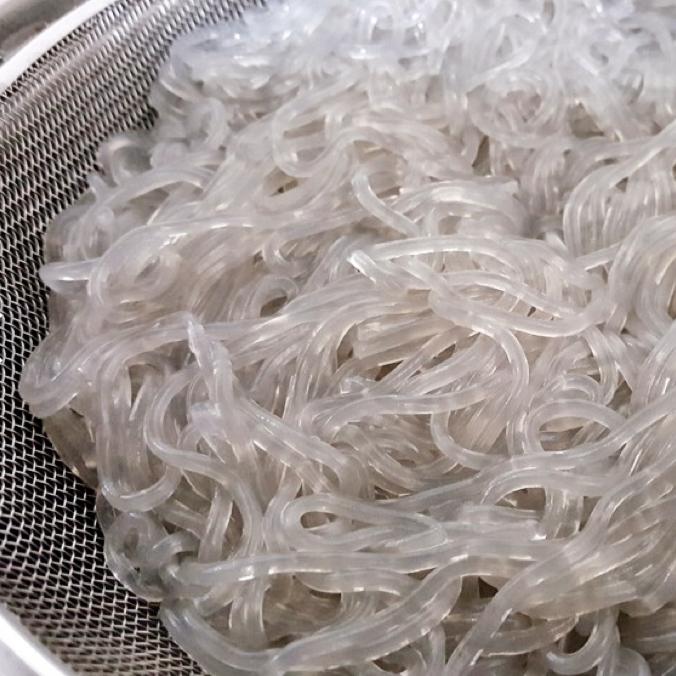
-
udon: japanese noodles made of wheat, that may be found fresh or dried. to taste them at their best they should be soaked before cooking.

-
instant ramen noodles: those of american tv shows. they are both precooked and flavored. they are often sold in plastic packages that also contain a soup preparation, just add some hot water first and let it rest for a few minutes to taste them.

-
shirataki noodles: they are made from the root of konjac, a native plant of the asian subtropical temperate zone. they are poor in all macronutrients and have a very low specific calorie intake, therefore they are particularly recommended in diets based on a limited carbohydrate intake as well as those for diabetics, but not generally recommended.
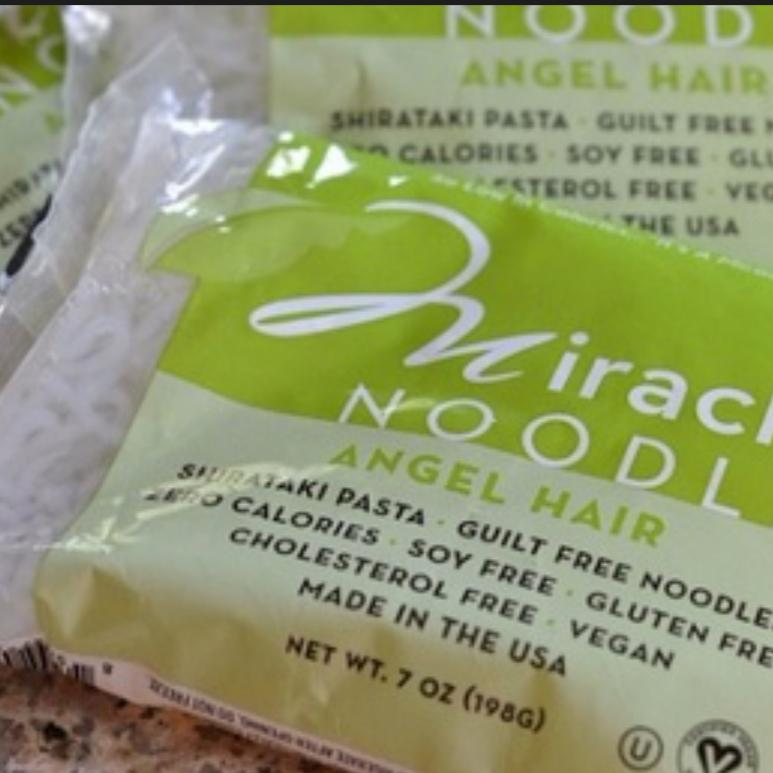
fun fact: the term “shirataki”, describes the appearance of the noodles, it means “white waterfall”.
miso paste
when cooking asian dishes, especially soups, this ingredient can’t miss. it’s a paste made of fermented soy beans and it serves just like vegetable stock, asian-style. the soybeans are mixed with salt and koji, a mold that’s also used to make sake. the blend might also include barley, rice, rye or other grains. to get its unique flavor, the mixture ferments for anywhere from a couple months to years! the longer it ages, the miso paste gets darker and more complex in flavor.
not only does miso add a savory element to your dish, it’s also good for you. because it’s a fermented seasoning, miso paste contains probiotics, healthy bacteria which boost your immunity, promote a healthier gut and help alleviate some of the symptoms of depression and anxiety.
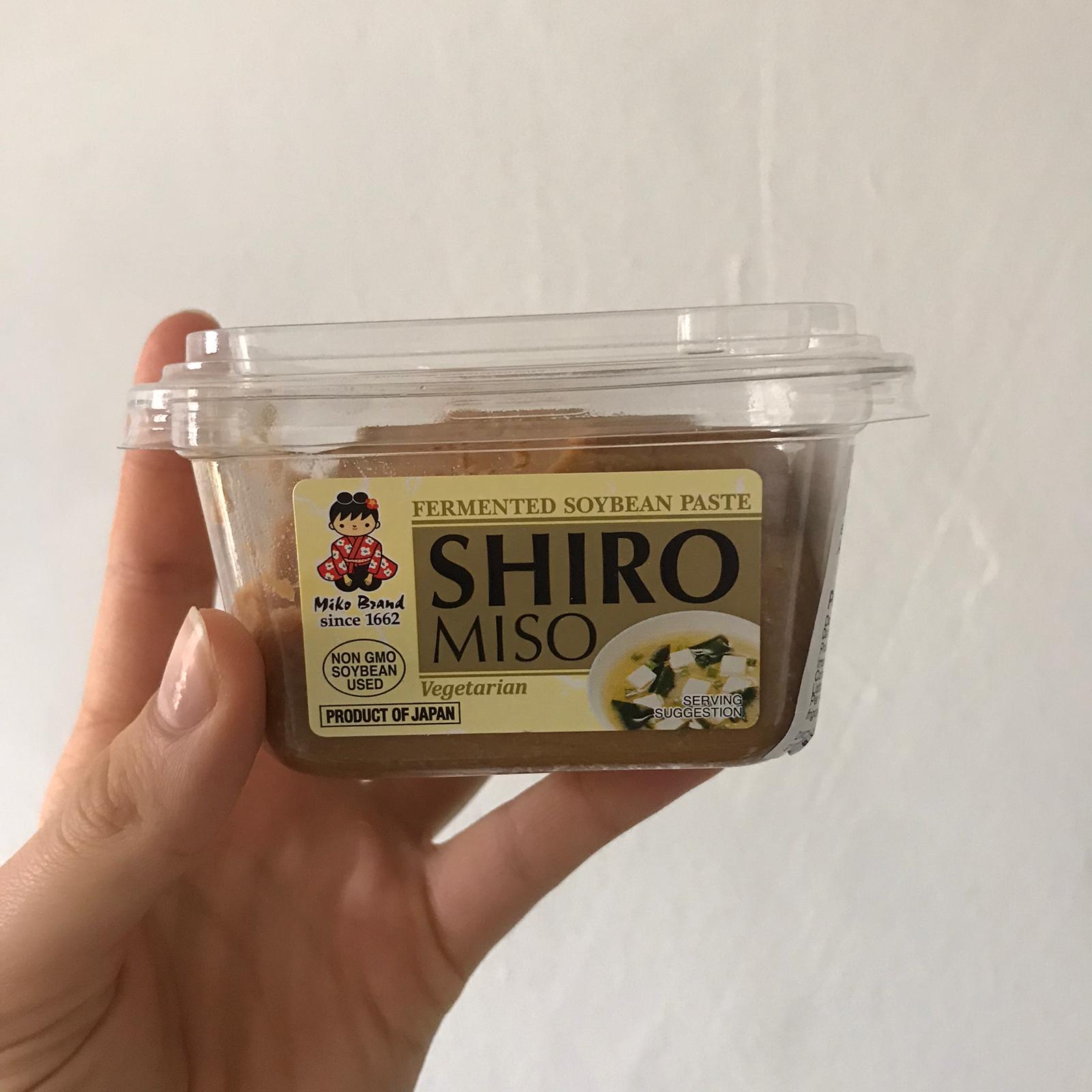
soy sauce
soy sauce is a brown, salty liquid condiment made by fermenting soybeans or breaking them down with acid. it provides salty, sweet and umami (savory) flavor. this balanced flavor profile makes it an excellent seasoning for every salty preparation. it’s a basic way of building depth of flavor, it is not affected by heat during cooking, and can provide a pleasing brownish color to your dish. in stir-fries, it is usually mixed with the vegetables before including the noodles, but more soy sauce can be added at any time in the cooking process.
there are hundreds of varieties of soy sauce that are available on the market today. these varieties depend on the ingredients used, the method used to create the sauce, and the region in which it is made. here are the main categories:
-
light soy sauce is the thin, brown liquid that we mostly refer to as regular soy sauce. it is a good all-purpose seasoning and condiment, and also perfect for marinating.
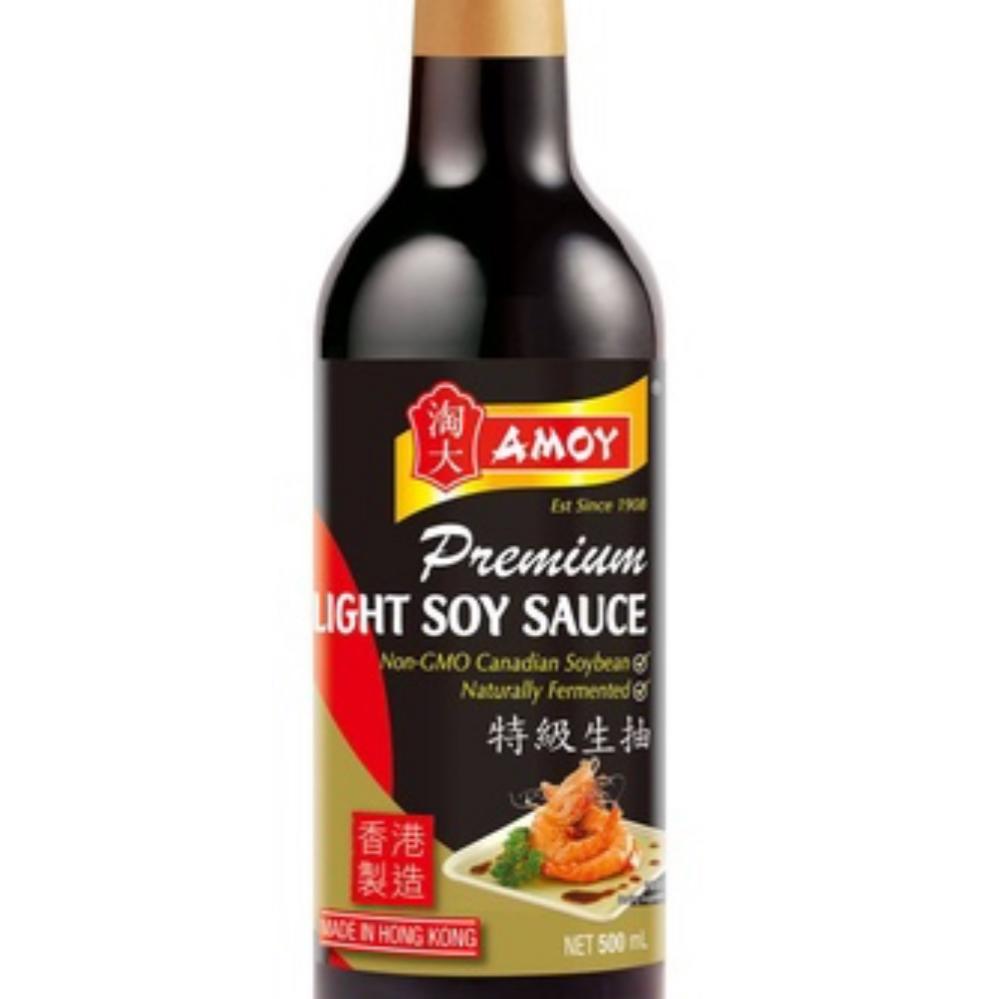
-
dark soy sauce has had molasses or caramel added after the brewing process, which thickens the sauce slightly and produces a sweeter, more complex flavor. it’s very strong flavoured and kind of hard to measure, which is why we never use it (nor suggest it)
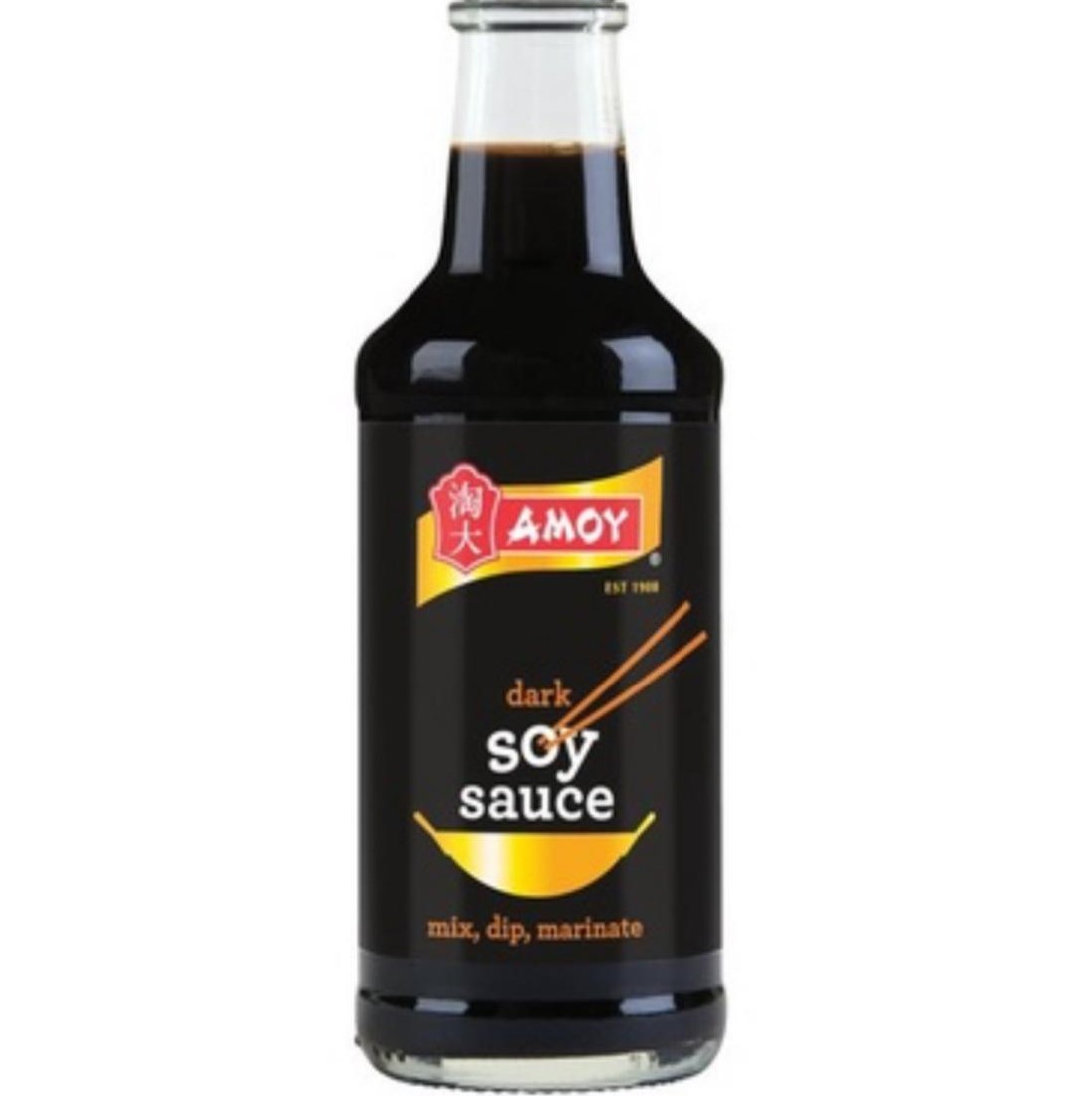
-
low-sodium soy sauce is suggested for people watching their salt intake.
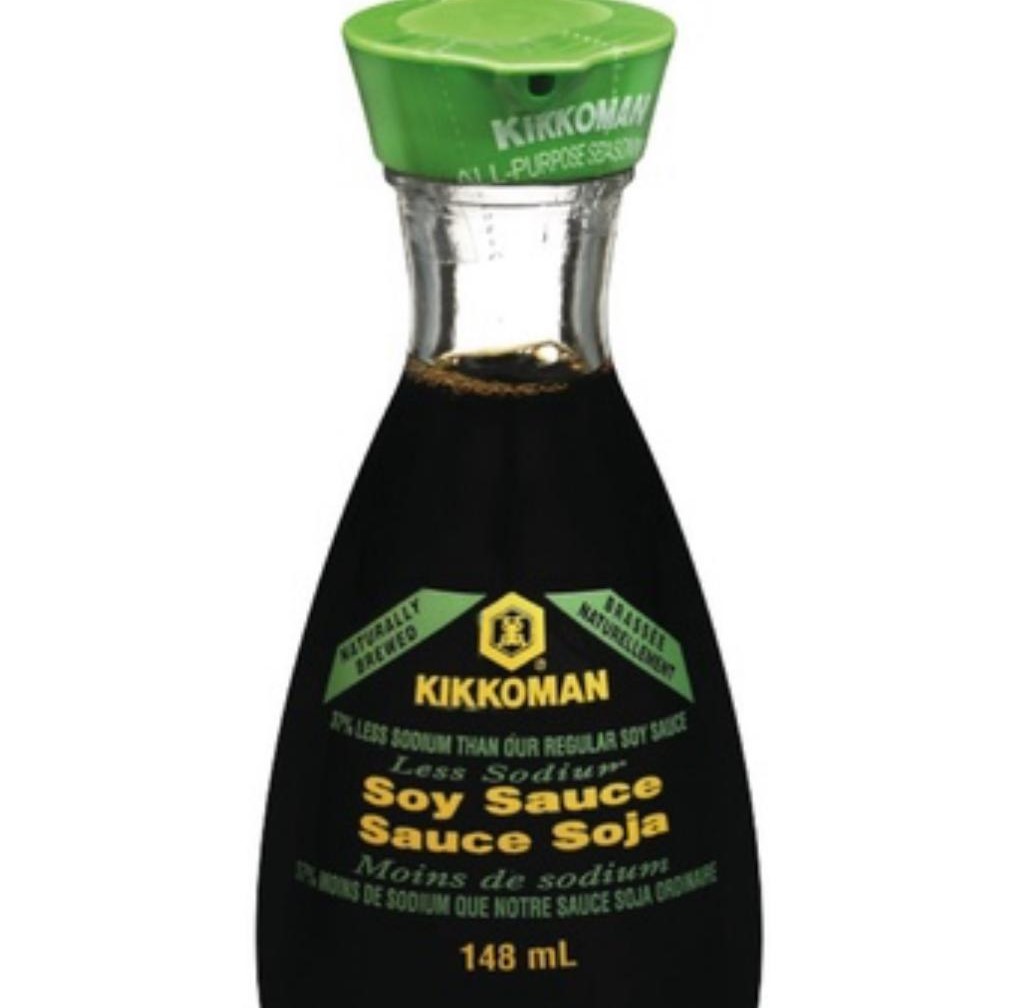
-
tamari sauce is a japanese soy sauce that is made with only soybeans and no wheat or other grains. it has a very clean flavor and is favored by those who follow a wheat- or gluten-free diet.
coconut milk
coconut products have burst into popularity over the last few years, there are many of them, so let’s try to better understand the differences:
-
coconut milk: it has long been a key ingredient in southeast asian cooking, and it’s made by grating the pulp of mature coconut, soaking it in water, and pressing the liquid.
coconut milk adds richness to curries (yumyumyum!), sauces, braised dishes and noodle soups. there are various types that differ by fat content.
-
regular coconut milk (which is the one we normally use) has a consistency closer to dairy cream. when it separates, it will look like gray water with a thick white layer at the top (this is the coconut “cream”, but when we cook, we shake it and use it all combined).
-
“low-fat” or “light” coconut milk, which is simply a watered down version. we suggest to avoid it: it’s usually the same price as the regular stuff, but you’re getting more water than coconut! if you’d like to reduce the fat in your recipes, simply add less, and replace some of it with water yourself.
-
thick coconut milk on the other hand, often labeled coconut cream (not to confuse it with “cream of coconut,” which has added sugar), has the highest amount of fat and a thick consistency similar to yogurt.
coconut milk is usually availabe in cans. if you just need a little bit in a recipe you can store it in the fridge in an air-tight container but make sure to eat it in the following days (because of its high fat content, it can go rancid quickly. if you do have some left over and don’t want to use it right away, you can put it in the freezer for longer term storage).
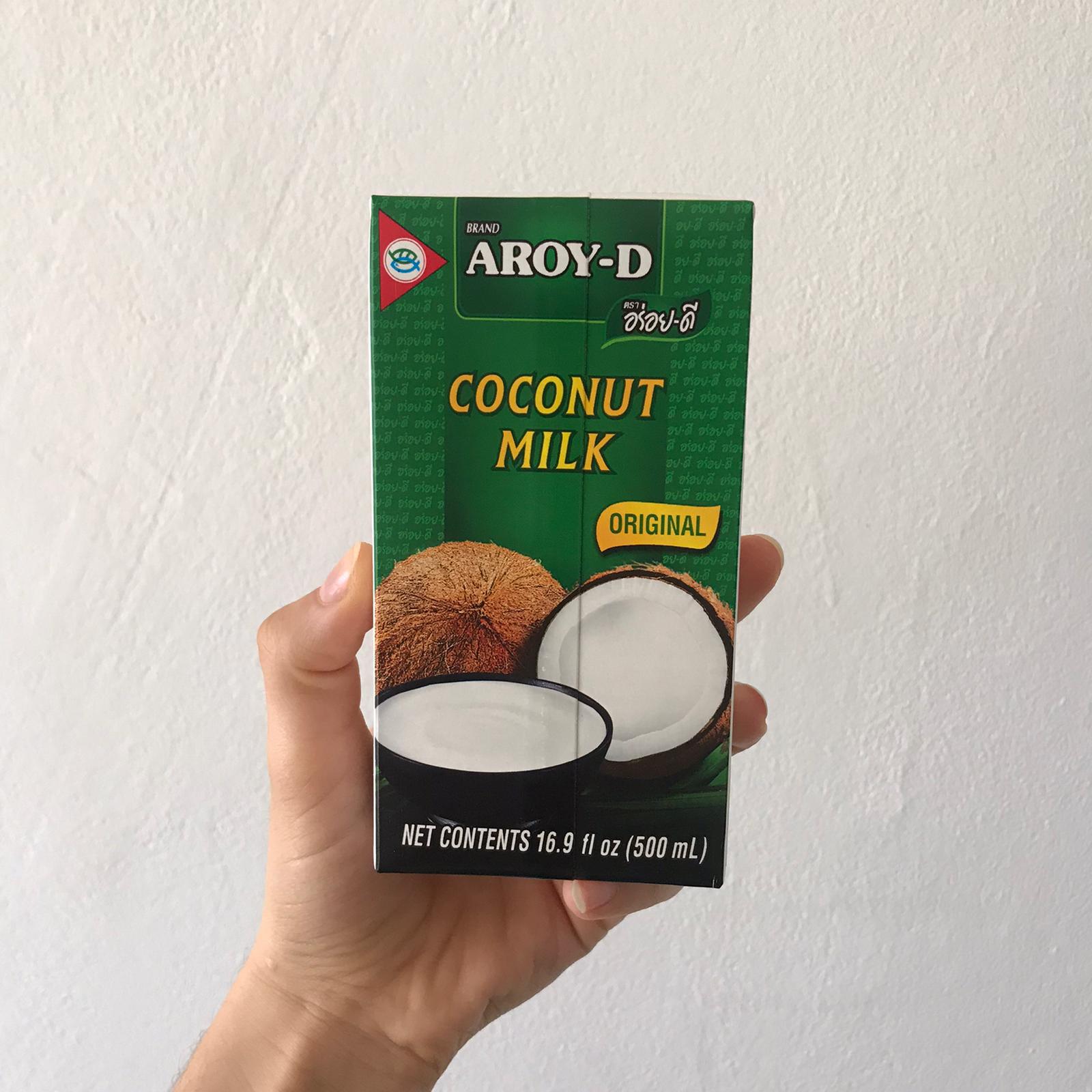
-
-
coconut water: it’s the liquid that comes from non-mature coconuts. because it doesn’t include the coconut flesh, coconut water is much lower in fat and calories, and more suitable for drinking than for cooking.
-
coconut drink: it has a texture which is in-between coconut milk and water, it’s very sweet and it’s usually drunk just like the other vegetable drinks/milks (almond, soy, etc.).